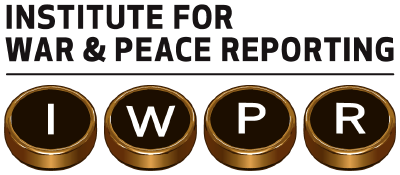Detecting Fake News or Disinformation
In this 7 part course you will find the tools to fact check stories that might be fake news or disinformation.
Topics Covered:
1. DETECTING FALSE INFORMATION
In this section we cover the following:
How to detect false information?
Where was it published?
Who said it?
Is the story fact-based and balanced?
Is there any data available to prove the accuracy of the information?
Is it a joke?
2. OPEN SOURCE INVESTIGATION
Highlighting open source investigation techniques, tools and hints that can be useful for:
Finding out what happened and where
Verifying photos and videos
Verifying location and time
3. USING REVERSE IMAGE SEARCH
Reverse image search is a search engine tool that finds similar images on the Internet. This tool can help you find out if the photo is authentic or has been altered, and can give you hints about where and when the photo was taken. This tutorial shows how to use the search engines Google, Yandex, and Bing for finding related images.
4. USING GOOGLE ADVANCED SEARCH
In open source investigation you rely on information you can find on the Internet. If the results are in Google’s index, they can be found. To find what you need, you need to know how to search.
5. LOCATING WHERE A VIDEO WAS FILMED
In this episode we are going to give you some tips that will help you find out where a video was filmed. Open source information that is available on the Internet can help you do it.
6. USING THE WAYBACK MACHINE
Unlike printed texts, information that is on websites can be changed or deleted at any time. The Wayback Machine is a digital archive of Internet web pages that allows the user to go “back in time” and see what websites looked like in the past. This is useful if a web page has changed, moved, or disappeared.
7. LOGICAL FALLACIES
Logical fallacies are errors or tricks of reasoning. When they occur accidentally, they are simply errors that may suggest that the person lacks argumentative skill. But sometimes logical fallacies are used intentionally as tricks to deceive or manipulate an audience. Some of the fallacies are used to prove that an argument is valid when it is not. Some of the fallacies are used to play with your emotions and draw your attention away from facts or arguments. If you read an article, social media post, or online comment and it makes you angry, offended or afraid, take a closer look: you might find a bunch of logical fallacies there.

